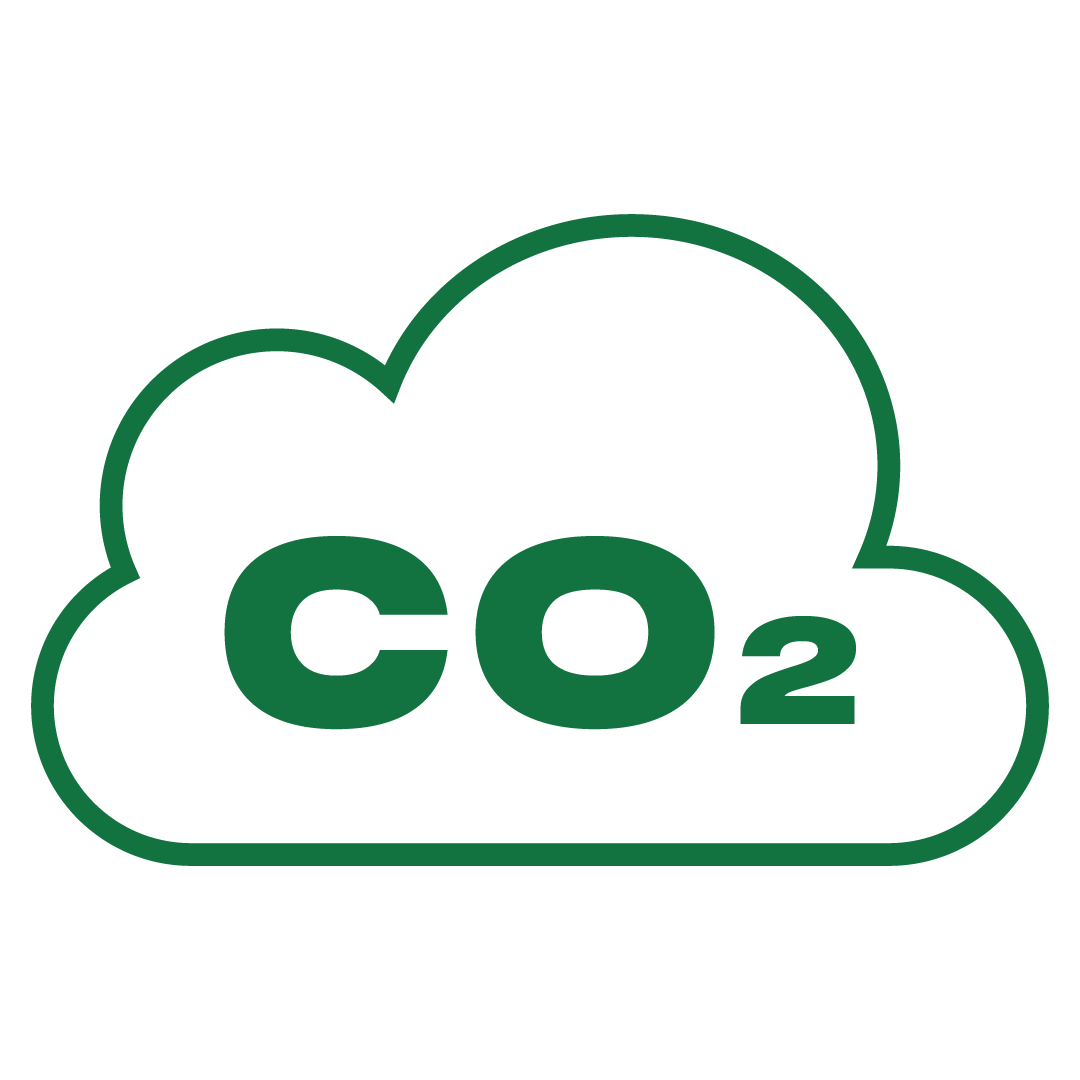
CARBON CREDIT INCENTIVE PROGRAM
Understanding Carbon Offsetting & Credits
Carbon offsetting is a trading mechanism that allows entities to compensate for their greenhouse gas emissions by supporting projects that reduce, avoid, or remove emissions elsewhere.
The goal of carbon credits is to reduce overall emissions of greenhouse gases – a major cause of climate change – into the atmosphere. Putting a price on carbon emissions incentivizes companies to find more sustainable and less polluting ways to operate.
One carbon credit equals one ton of C02.

The Voluntary Carbon Market
The voluntary carbon market is an extension of the carbon offsetting concept, but operates outside government mandates. In this market, companies, organizations, and even individuals can voluntarily choose to buy carbon credits to offset their greenhouse gas emissions. These purchases support projects that reduce, avoid, or remove emissions from the atmosphere.
The voluntary carbon offset market, which was worth about $2 billion in 2021, will grow to $10-40 billion in value by 2030.[1]
As more organizations strive for carbon neutrality and emissions reduction, the demand for carbon credits is expected to rise, making the sequestration potential of industrial hemp farms increasingly valuable.
[1] Voluntary carbon markets set to become at least five times bigger by 2030 -Shell | Reuters
HEMPALTA’s Participation in the Voluntary Carbon Market
HEMPALTA actively participates in the voluntary carbon credit market by partnering with farmers to grow industrial hemp, which absorbs CO2 more efficiently than many other crops. This process not only aids in reducing CO2 levels in the atmosphere but also allows for the creation and sale of carbon credits on the voluntary market, generating income for both HEMPALTA and the farmers.

Hemp Carbon Standard
Hemp Carbon Standard's quantification methodology leverages cutting-edge remote sensing technology, ensuring the precise measurement of CO2 sequestration within the biomass of the industrial hemp crop and the associated topsoil. The approach guarantees transparency, accuracy, and integrity in carbon accounting, offering a solid foundation for corporate buyers to achieve their sustainability goals.
The credits offer corporate buyers the opportunity to secure high-quality, high-integrity credits. Along with enabling companies to measure and contribute to their decarbonization efforts, the credits support regenerative agricultural practices.
-

Ground Truth
Ground truth data is collected to enable accurate models for remote measurement at scale and to collect a sparse array of crop samples for verification at the end of each growing cycle.
-

Sentinel-2 Satellite Data
We can detect cover crops from satellite, enabling stakeholders to monitor and verify the prevalence of cover crops over large areas.
-

Flux Towers
We use data from the global flux tower network to measure the flux of C02 between the surface of fields and the atmosphere.
-

Crop Rotation
Applying our crop type models to analyze geospatial and temporal trends enables us to identify crop rotations and diversity. This allows users to monitor management practices at scale, as a component of sustainable agriculture verification or supply chain vision.
-

Field & Boundary Detection
We focus on what is relevant: detecting areas where crops grow. Field boundaries are the geometric borders or cropped areas, which are not necessarily exact cadastral reference locations.
-

CO2 Calculation
To avoid extensive and expensive crop sampling, C02 absorption of hemp crops is measured via satellite data, at scale, with the use of AI and innovative machine learning approaches. The subsequent generation and sale of carbon credits for the voluntary carbon market (VCM) is a prime example of a regenerative agricultural incentive system.
1
/
of
6
HEMPALTA’s Carbon Credit Program
HEMPALTA’s Carbon Credit Program is designed to maximize both environmental impact and economic benefit for farmers.
Here’s how it works:
-
Partnership Formation:
HEMPALTA establishes partnerships with farmers in Western Canada, chosen for its optimal hemp growing conditions. These partnerships are aimed at promoting the cultivation of hemp on a large scale.
-
Cultivation of Hemp:
Partner farmers proceed to cultivate hemp, utilizing sustainable farming practices. Hemp's growth process naturally absorbs CO2 from the atmosphere, sequestering carbon in its biomass and the surrounding soil.
-
Measurement and Verification:
Upon the growth and harvest of the hemp, the amount of CO2 absorbed by the crop is measured and verified using Hemp Carbon Standard’s technology. This step is crucial to accurately quantify the carbon sequestration and determine the corresponding Carbon Removal Credits.
-
Credit Generation:
Based on the verified carbon sequestration data, Carbon Removal Credits are generated. One credit equates to one ton of CO2 sequestered by the hemp cultivation.
-
Certification and Sale:
The generated credits undergo a certification process to ensure their validity and compliance with carbon market standards. Once certified, these credits are made available for sale in the carbon market.
-
Revenue Distribution:
The revenue generated from the sale of carbon credits is distributed, providing financial incentives to the participating farmers. This revenue not only rewards their sustainable cultivation practices but also supports their ongoing commitment to environmentally friendly agriculture.
-
Reinvestment:
A portion of the revenue is reinvested into the program to support the continued partnership with farmers, research into sustainable practices, and further development of the carbon credit market.






